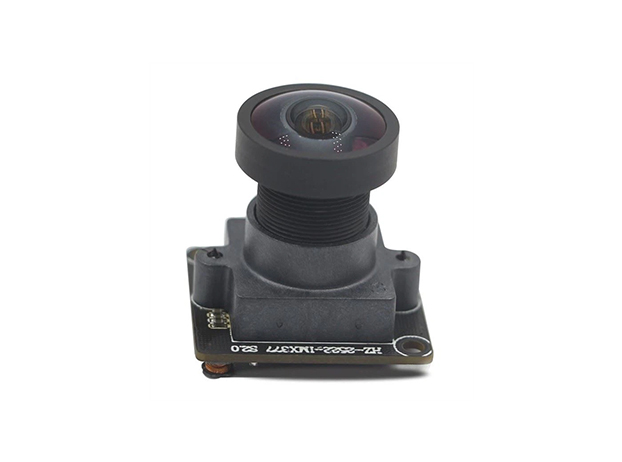1MP Camera Module USB GC0309
291123
View detailsSearch the whole station
The camera module is indirectly linked to the Nobel Prize, specifically to the Nobel Prize in Physics. In the camera module, one of the key components is the image sensor, and the development of the charge coupled device (CCD) image sensor is closely related to two American scientists, Willard S. Boyle and George E. Smith. They shared the 2009 Nobel Prize in Physics for their contribution to the invention of the image sensor for the charge coupling device.
In addition to the mentioned connection between the image sensor (CCD) of the charge coupling device and the Nobel Prize in Physics, other aspects of the camera module have also been associated with Nobel Prize-related developments.
First, the development of image processing and computer vision aspects of the camera module is closely related to modern computational science and technology. In this field, the research of
several Nobel Prize winners has made important contributions to the development of image processing and computer vision. For example, Richard Feynman, winner of the 1968 Nobel Prize in
physics, whose pioneering work in quantum electrodynamics and string theory provided important theoretical foundations for computer science and image processing. Although his direct
contributions are not to camera modules, his research has had a profound impact on the development of image processing algorithms and computer vision technology.
Secondly, the optical components and optical design aspects of the camera module are also related to the Nobel Prize. For example, Niels Bohr, who won the Nobel Prize in physics in 1981
, although best known for his contributions to quantum mechanics, his research in optics and spectroscopy also influenced the design and improvement of optical components. In addition,
the research of other Nobel Prize winners in the field of optics and photonics has also provided an important theoretical basis for the optical performance improvement of camera modules.
Finally, aspects of camera module manufacturing and micro and nano processing technology have also been linked to Nobel Prize-related developments. For example, the 2014 Nobel Prize
winners in physics Hiroshi Nakamano, lsamu Akasaki and Shui Nakamura were awarded for their invention of the highly efficient blue light-emitting diode (LED). Although their research is
directly related to LED technology, the application of leds in camera modules as lighting or indicating light sources is also important. In addition, advances in micro and nano processing
technology have also driven the miniaturization and performance improvement of camera modules, and micro and nano processing technology has itself been associated with the research
of several Nobel Prize winners.
It is important to note that the direct connection between the Nobel laureates and their research and the camera module mentioned above may be indirect or broad. As a comprehensive
technology field, the development of camera module involves many disciplines and the contributions of many researchers. Therefore, in addition to the Nobel Prize winners directly involved,
there are many other scientists and engineers who have played an important role in the development of the camera module.

HelloPlease log in